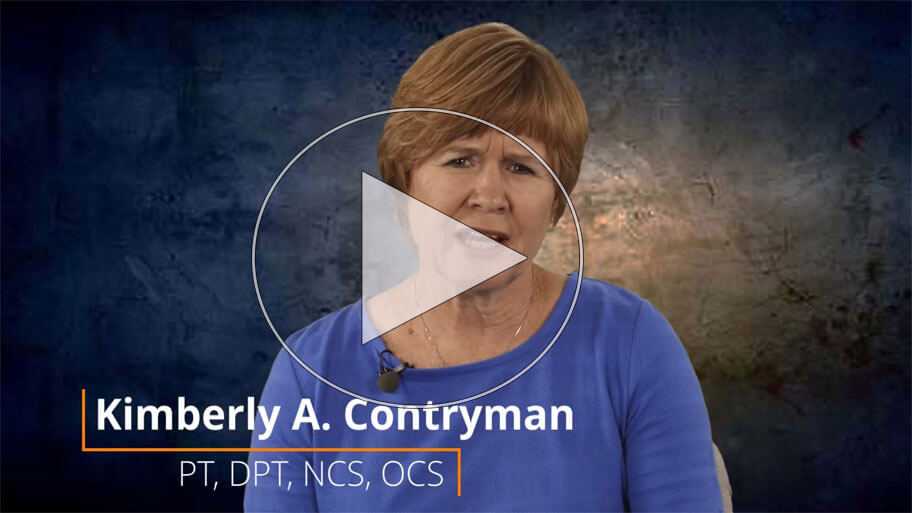Motor Control, Motor Learning, and Gait Recovery require the synergy between balance, coordination, range of motion, and strength. A “normal” walking pattern is different for each person, depending on their specific needs. The key is to identify deficits that contribute to abnormal gait patterns and build each system appropriately. This online course, Restoring Functional Gait, provides a systematic approach to enhance differential diagnosis skills when assessing gait patterns and offers tools to develop comprehensive rehabilitation programs designed to improve functional gait at home and in the community.
What is gait training?
How can a Physical Therapist analyze gait patterns and develop a recovery strategy to return a patient to functional gait?
Understanding how to utilize manual cues to improve gait patterns
Utilizing appropriate manual techniques for gait facilitation can minimize faulty mechanics and optimize biomechanically correct motion. Specific manual techniques at the proper time can optimize a patient’s energy expenditure and functional movement. The manual technique demonstrated in the video helps to facilitate biomechanically correct pelvic motion for the foot to clear the ground. The clinician’s hand positioning and manual cues on the pelvis facilitate a posterior pelvic tilt and downward motion to release the leg.
A one minute and 34 second lesson of facilitating gait patterns.
We talked about this with gait and with facilitation. As he comes through, he is moving over this foot. When he has heel off as he is getting ready to go to toe- off, the pelvis has to drop a little bit here and see what it does to the knee that causes the knee to flex. If it elevates, it causes the knee to extend. I see with therapists a lot, because they want this leg to clear the ground, they do this, and it is really making the extremity longer because it is making that knee straight. The hand position is on his pelvis in my motions to try to get a little bit of a posterior pelvic tilt in a downward motion to get the pelvis to drop just a tad, so it releases that leg.
Want to learn more?
Watch the course trailer for Kim’s new Gait course for physical therapy continuing education, Restoring Functional Gait
